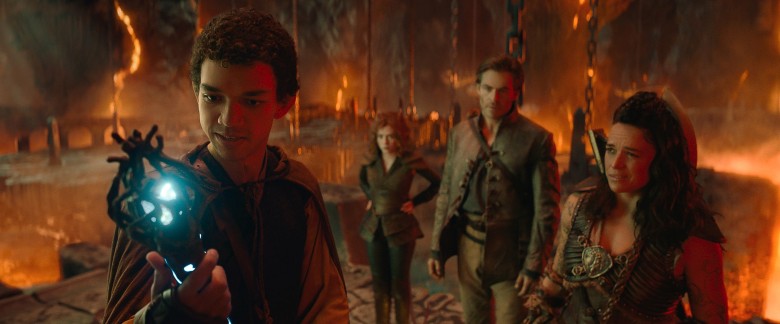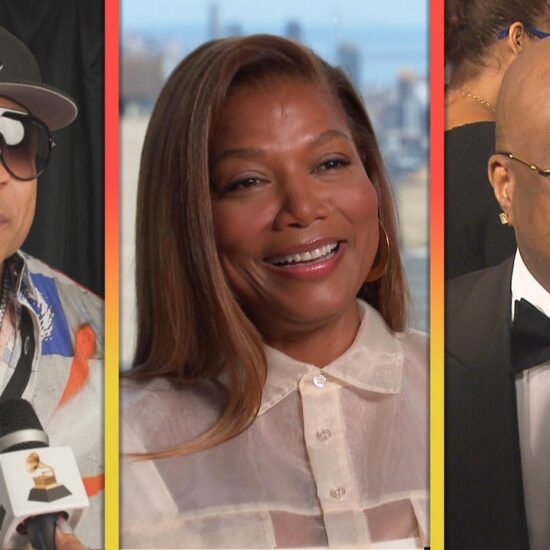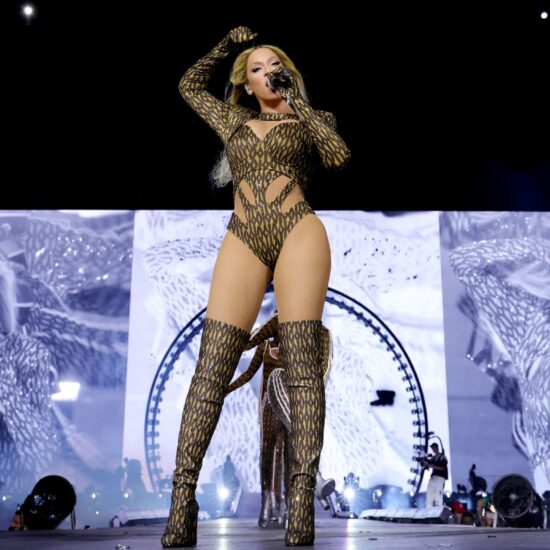
Visual effects supervisor Ben Snow discusses the tricky line of honoring fan expectations with creating something fresh for the first official D&D film.
“Dungeons & Dragons: Honor Among Thieves” took on a big challenge as the first official D&D story to roll initiative in actual movie theaters, as opposed to playing out on tabletops and the “theater of the mind.” How the film looks — from oozes and owlbears to the towers of Castle Never to the magic missiles flung by wizards — needed to harken back to the fun of the game and work as a live-action fantasy with realistic visual logic. This was a particular challenge when it came to the many, many spells available to magic practitioners in the Forgotten Realms. The spells have a long history of what they’re designed to look like, but there was no guarantee that those beloved designs would work inside the film.
VFX supervisor Ben Snow was somewhat familiar with the mechanics of the game and the history of D&D artwork, but he wasn’t submerged in the game’s lore. He and the ILM team continually tried to find physical references and logic for how the magic of the Forgotten Realms would work and let that guide the look of the film’s magic spells and beasts. But they still ended up with a reference guide that anyone who’s read the Player’s Handbook would recognize.
“At one point, I made a giant table of spells, like a Google Slides of spells,” Snow told IndieWire. “We always did have the little card from the Dungeon Master’s Guide describing how the spell was supposed to work and deploy, and we tried to keep to that as much as we could. So we’d put all that information in, and then I pulled together a reference that I thought would be a real-world physical reference that felt like it got the vibe — a chemical reaction or something else.”
“Dungeons & Dragons: Honor Among Thieves”
©Paramount/Courtesy Everett Collection
Snow’s own prepared spell list was then checked against the film’s proverbial Dungeon Masters’. “Wizards of the Coast has a story group, a little similar to Lucasfilm, where they look after the canon and make sure you keep within the world that they’re creating, and they do it in a similar way,” Snow said. “They still let the filmmakers have flexibility, but they would also push you a little bit. I remember they [asked], ‘OK, what does Simon’s [Justice Smith] magic look like versus what does Sofina’s [Daisy Head] magic look like?’ He’s a sorcerer, and she’s a wizard, and they should deal with it differently.”
Having a team well-versed in D&D lore allowed Snow and the VFX team to use the rules of the Forgotten Realms as a guideline and an inspiration to build their own visual flair. Sofina’s necromancy is extractive, pulling life force from her surroundings, whereas Simon’s magic is more generative and spontaneous, streaking like lightning from his hands when (and only when) he has the confidence to manage it.
If anything created by ILM can be considered “homebrew,” one of Snow’s favorite visual tweaks of existing spells takes place as part of the final battle against Sofina. Snow and his team extrapolated from the script that Sofina was probably using the spell Arcane Hand, while Simon opts for an Earthen Grasp. But the final look and mechanics of how those spells work were tied directly into the dueling casters, not whether the spells were transmutation or evocation.

“Dungeons & Dragons: Honor Among Thieves”
©Paramount/Courtesy Everett Collection
“We did all these explorations of [Sofina’s spell] because it’s normally this glowy blue hand. We actually had a really big challenge to develop that because we presented this floating blue hand to the directors, and they were like, ‘That’s too cartoony.’ So we tried making it transparent. We did all these explorations of glass hands, and then it became how do we make the stump of it work? We tried having vapor [trailing off the stump of the hand], and then it evolved and evolved, and we realized we needed to be more horrible,” Snow said. He knew they’d gotten the look right when Sofina’s bloody, veiny version of the spell looked and felt like a natural extension of her magic.
“Originally [Simon’s spell] was going to be ripping up the ground and all that sort of thing, but we knew so much action has to take place after it comes through, we couldn’t have it do that,” Snow said. “But the art director had helpfully made the ground [in that battle sequence] out of these little pebble things and cobblestones, and so we thought, ‘OK, maybe [the spell can look] like one of those pin blocks where you push your hand into the block and it captures an impression of your hand,’ and we could do that in three dimensions. The directors loved that idea, and it worked out pretty well in the end.”
Snow said that the key to all the visual effects on the film was, more or less, to have a grounding in the lore and history of D&D and then to let that go and tie each effect back into something physical, either a natural logic or an extension of the characters. Such was the case for the film’s titular dragons, too. The film sticks fairly faithfully to the depiction of a black dragon, sleek and terrifying and spitting acid all over an ancient battlefield, but Daly, Goldstein, Snow and the entire VFX team wanted to put a particular spin on the legendary dragon Themberchaud.

“Dungeons & Dragons: Honor Among Thieves”
Paramount Pictures
“It was touch and go because we were worried that the studio or Wizards of the Coast would veto it at any point. We’d done some initial designs, and we ended up doing a rapid prototype model and the Pre-Viz company, Day For Night, actually built a dragon so we could start showing it and getting people comfortable with this idea that [Themberchaud] was going to be huge, that it was going to be fat,” Snow said.
The design challenge with a fat dragon is to balance the physical comedy in the script with the menace of a giant, fire-breathing creature. So Snow and his team designed the dragon’s breath weapon to flicker like an old lighter, visually conveying that he can’t quite breathe fire like he used to, but he’s always just one spark away. Likewise, the VFX team balanced how Themberchaud cuts off avenues of escape with unsteady fumbling that shows how off his game the dragon is.
In some ways, the Themberchaud sequence is a microcosm of the film’s overall tone, blending the chaotic, comedic, and adventurous. “We kept worrying they were going to make us go back to a more normal red dragon, but once we started getting the animations out and they saw both how it could still be threatening but also how fun it was,” Snow said. “There’s a moment where [the dragon] sort of rears up, and then he does this penguin dive after our heroes, and it’s just so fun that he would flop down like that. I think that was when they started to go, ‘OK. That’s it.”
Sign Up: Stay on top of the latest breaking film and TV news! Sign up for our Email Newsletters here.














